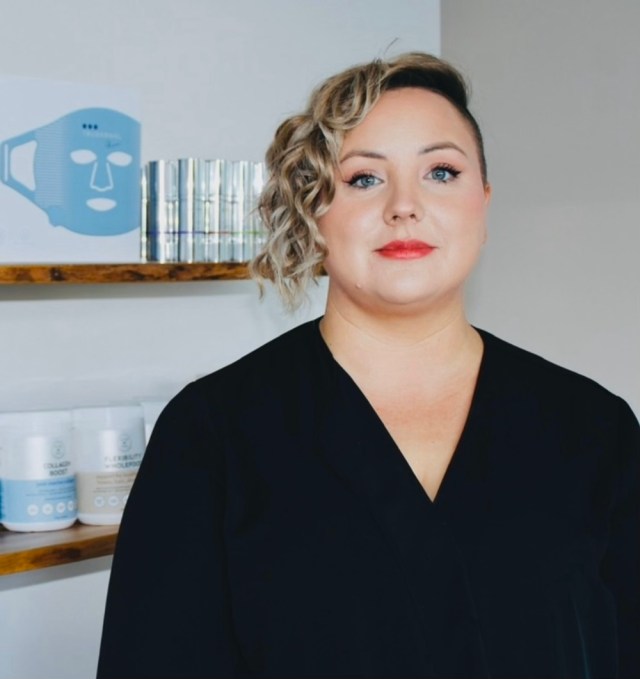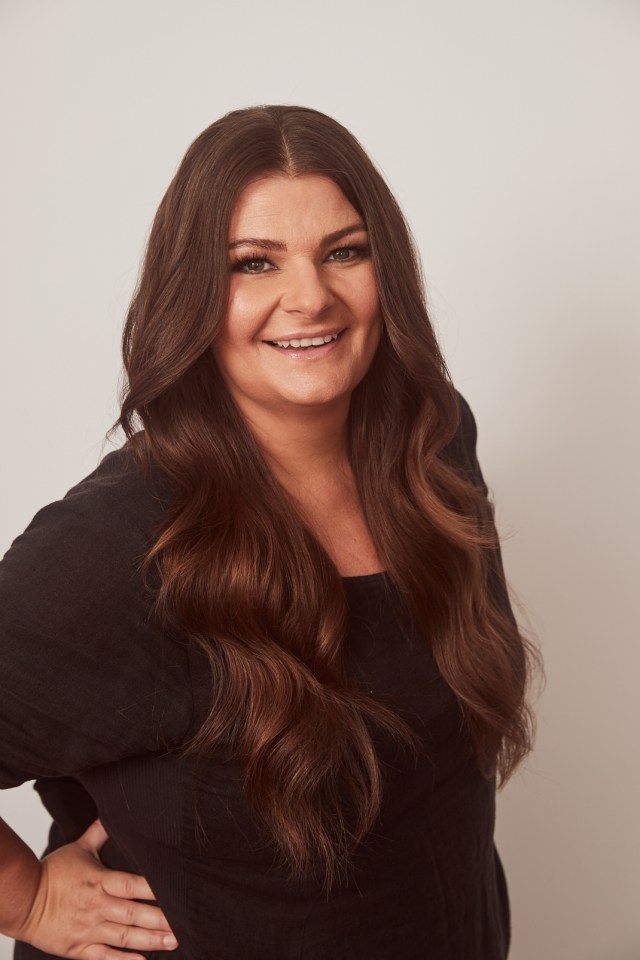Salon owners are at the mercy of increasing financial pressures in 2024 and are looking at new ways to secure profits within their businesses. Talks of adding a Saturday surcharge to treatment menus is on the rise, but at what cost? Hannah Gay asks three business owners their thoughts on feeding extra fees back to the client, and learns that perhaps, there’s another way.
Interest rates sit at their highest point in over a decade. Electricity bills continue to skyrocket. And two wage increases have come into play since July 2023. It’s no wonder small-medium sized business owners are finding themselves further strapped for cash.
Staff wages make up just one part of a series of business expenses salon owners are accountable for. Overheads, investment in training and empty treatment rooms are overwhelming owners, at times to the point of business closure.
To better understand how varying small-medium sized beauty business owners are coping with economic challenges, Professional Beauty opted to interview a) a sole trader, b) a salon owner with five staff members, and c) a business owner with 13 staff members. Here’s where the solutions may lie:
Aoife Smith, salon owner and sole trader at Beauty on Bonds in Sydney’s South

Aoife works independently and is required to pay her own wage only. She pays herself “what she thinks she’s worth”, while keeping the growth of her business in mind. She sees that with so many therapists venturing out to start their own independently-operated businesses that “it’s essential for salary packages to be appealing to retain high-end staff.”
The salon owner, who offers a range of treatments such as facials, waxing and tanning, works off an appointment-only model. “I don’t like to discourage clients from coming in to relax and enjoy the space on what may be their only free day,” she says. As a result, she does not charge her clients a Sunday surcharge, and is not considering implementing one on a Saturday either. “This may work brilliantly for some business models. Personally, I do a cost analysis of the week as a whole, then price accordingly.”
Aoife’s cost analysis will take into consideration such expenses as rent, electricity, stock, machine rental, her wage, and so on. With those figures, she divides the total by the number of hours her business is open. The number she lands on provides her with an hourly dollar figure to make. A percentage of profit is then added to this hourly dollar figure to provide the amount a treatment should be charged at. It’s a unique calculation Aiofe believes works for her.
“Unfortunately not enough people do it this way. They look at what salons in their area are charging, but the reality is that everyone’s costs are different and to have a healthy business you need to know YOUR numbers and charge accordingly. It can make it hard if you’re more expensive than others, but you just have to keep your customer service high, and add some special touches so clients see the value. There are so many salon owners out there working their butts off treading water, barely keeping afloat.”
This year, Aiofe’s goal is to “keep a clear picture of who my clients are, their needs and what can give them the best outcome.” This often means staying away from “shiny things and fads” like trending treatments.
Carina Goss, salon owner with five staff members at BELAMÉRES in Sydney’s East

BELAMÉRES currently has three full-time staff and two part-time staff members on its books. Despite wage increases coming into pay in July and December 2023, Carina’s personal take-home pay has not been impacted. “I actually let two employees go as we didn’t need as much staff after the recession hit us in February last year,” she says.
Like Aoife, Carina has not implemented a surcharge on Saturdays or Sundays and is “not planning to change that anytime soon.” She adds, “I actually like the idea but it would be too complicated for my business, especially if a client needs to change their weekend appointment to a day during the week, and therefore need to pay back the surcharge.”
In an attempt to save money in 2024, Carina has instead commenced renting out space on some days to an injector, given she has two spare rooms at her Double Bay salon. “I would also consider renting out the second room to similar businesses, such as brow and lash techs.”
Gry Tomte, clinic owner with 13 staff members at HÜD in Melbourne’s South

Gry recalls the “seismic shift” employment took in the wake of the 2020-21 pandemic lockdown period in Victoria. Where previously HÜD was predominantly made up of full-time staff members, today only one of her 13 staff works full-time hours. “This change isn’t about us, but a reflection of the evolving needs and preferences of employees,” Gry says. She’s also made a strategic effort not to employ casual employees “as we strongly believe in providing the stability of a regular pay, as well as a need to invest in our team’s growth and development.”
Despite the size of her business, Gry says recent wage hikes have not impacted her approach to salaries or hiring. “We’ve long moved past the baseline of minimum wage, priding ourselves in offering fair compensation. Unless you’re hiring new graduates, I think it’s fair to say if you’re paying minimum wage in this climate you’re likely at risk of losing staff members. Because they too have been affected by inflation, and also deserve to be fairly compensated for the life changing work they do each day.” Gry’s sentiments echo that of sole trader, Aoife, while recognising the “strong undercurrent of concerning change” in the industry at-large.
“It’s not the minimum wage causing ripples; it’s the soaring wage expectations in a highly sought after workforce,” she argues. “I often hear of wage expectations for a therapist being upwards of $50 an hour – much more than that of an ER nurse.” Rather than salary expectations correlating to experience and market sustainability, Gry sees that staff are far more opportunistic. “This imbalance poses a real challenge, threatening the sustainability of many businesses. I’m sure you’ve seen there is a rising amount of businesses who have recently gone into administration or shut completely.”
Gry outlines two key considerations she sees that business are facing:
- That less people are available to work peak times, coupled with lower client spend and higher cancellations due to rising inflation, equating to a substantial drop in revenue, and
- Much higher wage expectations, increased superannuation and work cover, equating to substantially higher expenses.
“It’s the perfect storm. And it really impacts the job security we want our teams to have. However, we must remain committed to fair pay for all, including our hard-working owners and staff,” Gry advocates. “At HÜD, we consistently run at a slightly higher wage percentage and have done so for years.”
“It’s not the minimum wage causing ripples; it’s the soaring wage expectations in a highly sought after workforce.”
When asked whether she would consider introducing a Saturday surcharge to alleviate financial pressures on her business, she instead considers an alternative. “We’ve seen a drastic reduction in our Saturday team, where a once bustling day with eight people on is now down to just three staff members,” Gry admits. “While I understand the urge to boost profits to match rising wages, imposing a Saturday surcharge may not be the wisest choice. Why? Because our clients are the lifeblood of a service business, and we never want them to feel like an inconvenience or as if they’re being punished.”
Gry sees that a “more balanced approach” would consist of correct service pricing to ensure overheads are covered comprehensively. Like Aiofe, Gry has developed her own means through which profitability can be measured. “It’s a tool that allows us to pull different levers to make adjustments which are measurable and impactful. I’m actually very excited to be able to soon bring this out to the industry in the form of a short course to help businesses increase their profits in a sustainable, people-centric way.”
“Many businesses undervalue their offerings or don’t know what a profitable treatment menu looks like, leading to owners earning less than their staff and without enough profits to reinvest into the business – a scenario that’s both disheartening and unsustainable.”
She suggests other money-saving strategies could include shortening treatment time to squeeze more into a day, setting higher targets, operating with fewer staff, and/or cutting back on staff training and development. Gry warns, however, that such moves could lead to consequences like reduced client care and staff burnout and stagnation.
Striking a balance between shortening treatment times and maintaining high client care is key, Gry believes. She recognises the need to see to the needs of her team, not be wasteful in the treatment rooms, run tight ordering processes, minimise appointment gaps, and ensure all training has clear expectations of outcomes. “We use my very own post training evaluation form to ensure the time and resources spent on training has an ROI. After all, training is highly necessary, but also a very high cost, so it needs to be taken seriously and we need to make sure the outcomes are there.”
“Without being alarmist, the current industry trajectory is concerning,” Gry notes. “A course correction is needed, and soon, to prevent more closures and job losses. We need to find a balance between fair pay and support for our teams by making sure businesses are sustainable and profitable, and our owners take home their own wage. Otherwise both employers and employees will both lose.”
Read the current issue of our digital magazine here:
- For more news and updates, subscribe to our weekly newsletter
- Follow us on Instagram
- Like us on Facebook
- Join Australia’s largest network of beauty industry professionals on LinkedIn
- Subscribe to our print magazine
Have an idea for a story or want to see a topic covered on our site and in our pages? Get in touch at info@professionalbeauty.com.au.

